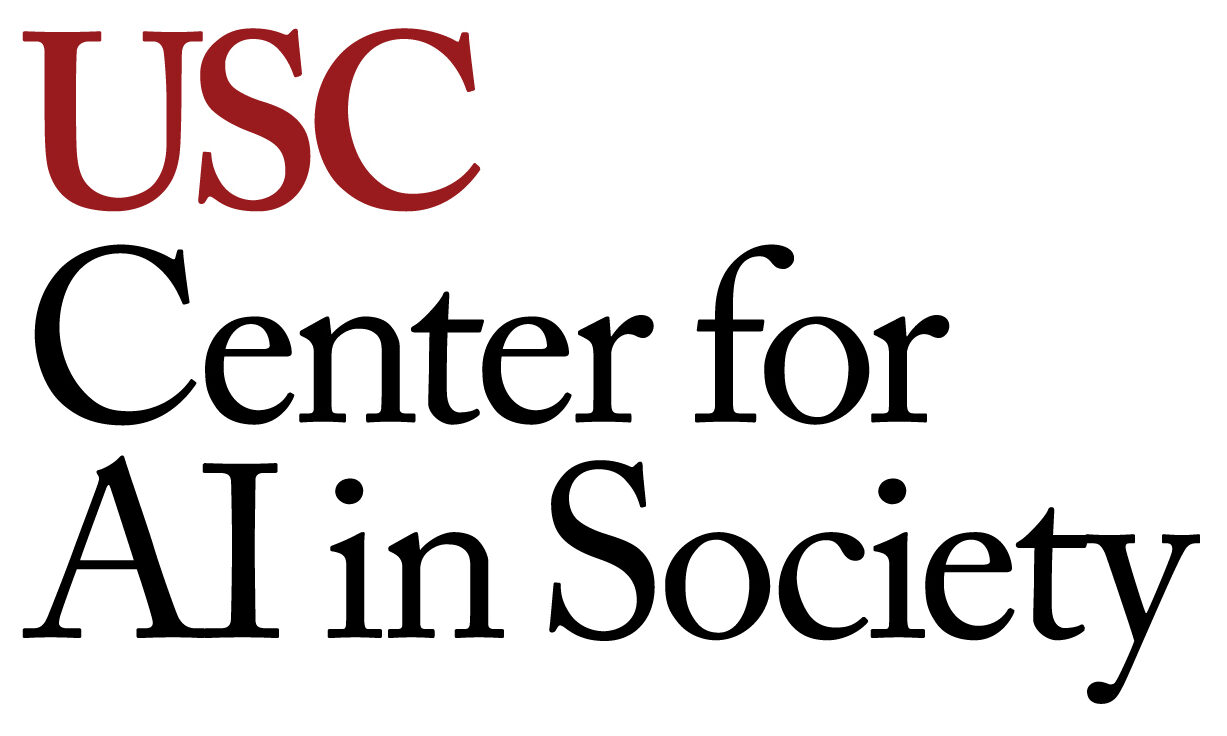Using AI Approaches for Landscape-Level Prescribed Burns Planning Balancing Human, Ecological and Environmental Hazards
Wildfires have increased in extent and severity, and are posing a growing threat to people’s well-being and the environment. Prescribed burns (burning on purpose parts of the landscape) are one of the key mitigation strategies available to reduce the potential damage of wildfires. However, where to conduct prescribed burns has long been a problem for domain experts.
Goals
With the advancement of forest science, weather science, and computational modeling, there are powerful fire simulators that can help inform how wildfires will start and grow. We aim to model the problem of selecting where to perform a set of prescribed burns across a large landscape into a multi-objective optimization problem. Additionally, we want to consider spatial fairness in our approach.
These optimization-based tools will enable planners to compare different strategies and patterns of treatments in near real-time, providing an evolving optimization outcome that is responsive to the dynamics of annual wildfire and development activities.
Methods
We are using a case study from Dogrib, Canada and Yosemite National Park with its prescribed burning and thinning plans as a testbed to demonstrate the application of treatment scale optimization across three values at risk: 1) park built infrastructure, 2) endangered species habitats, and 3) watershed/viewshed impacts (using overall wildfire size as a surrogate).

Satellite image of Dogrib, Canada

Workflow of our landscape optimization solution for prescribed burn in wildfire mitigation planning.
Bistra Dilkina
Yolanda Gil
Ilkay Altintas
Weizhe Chen
National Science Foundation
- Paradise lost: California city, Lahaina wildfires proof of new reality, Deseret News, August 29, 2023
- USC co-leading AI project to stop massive wildfires, Spectrum News 1, December 16, 2021
- AI To Fight Wildfires, USC Viterbi School of Engineering, September 27, 2021



